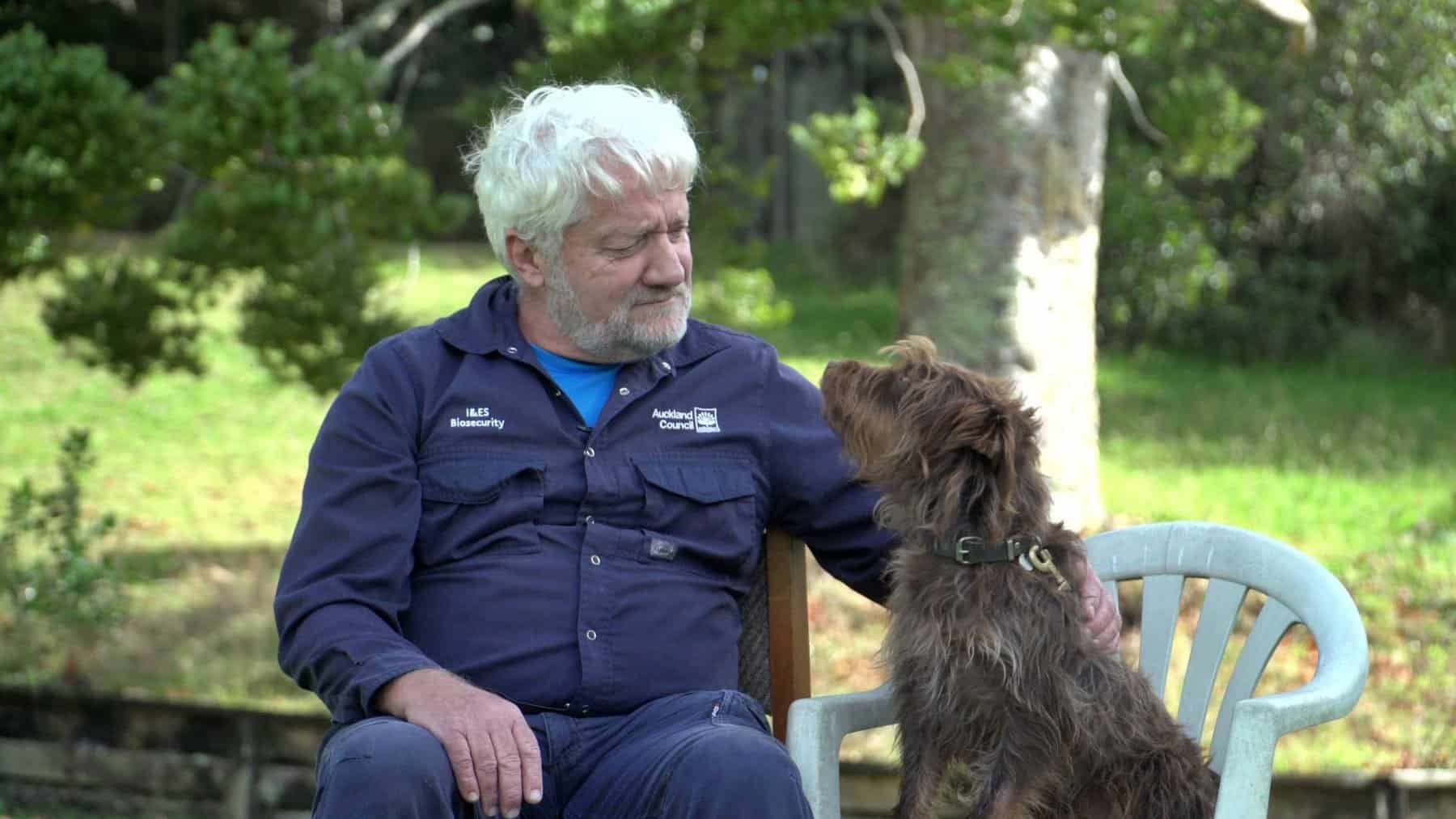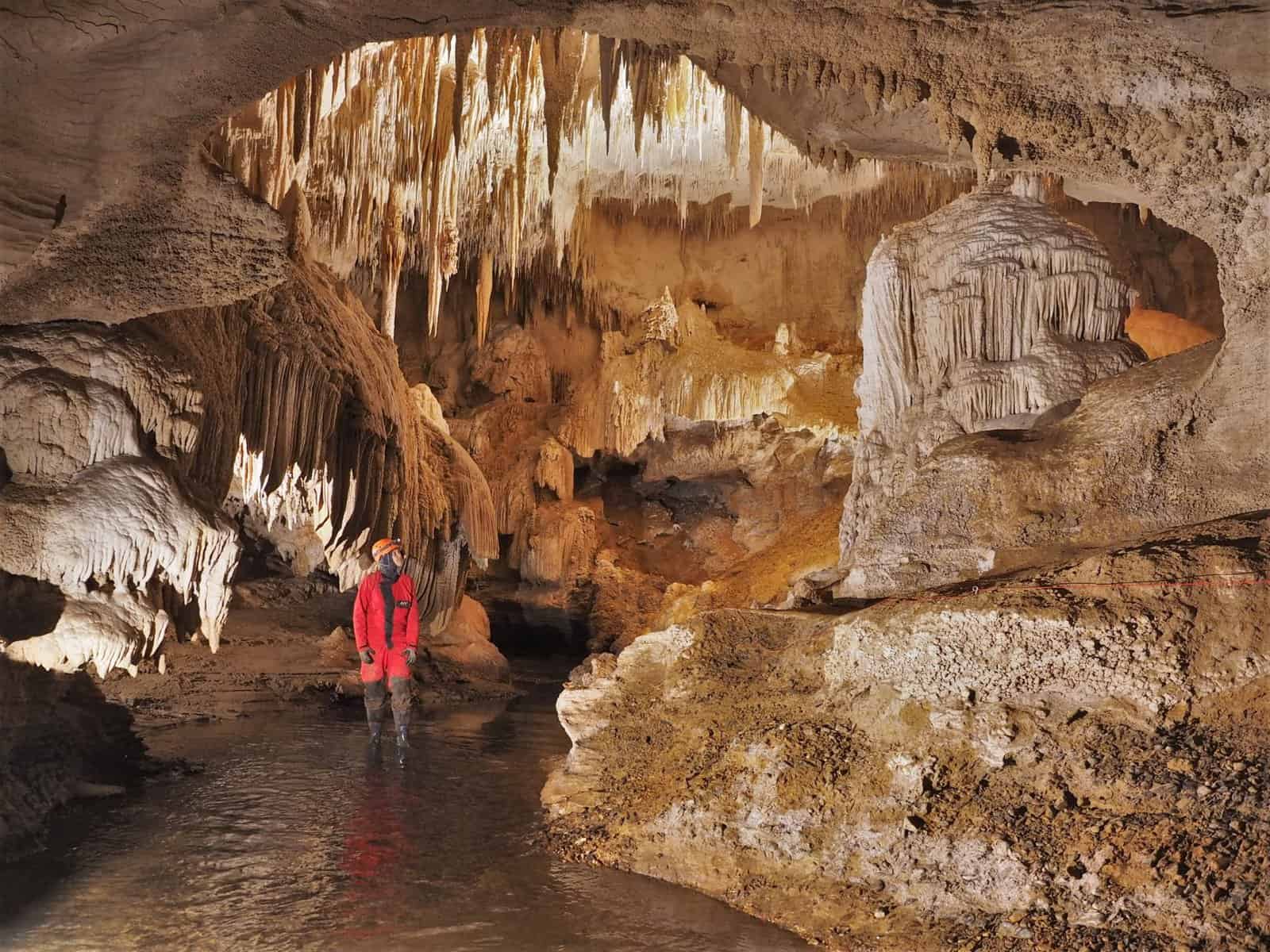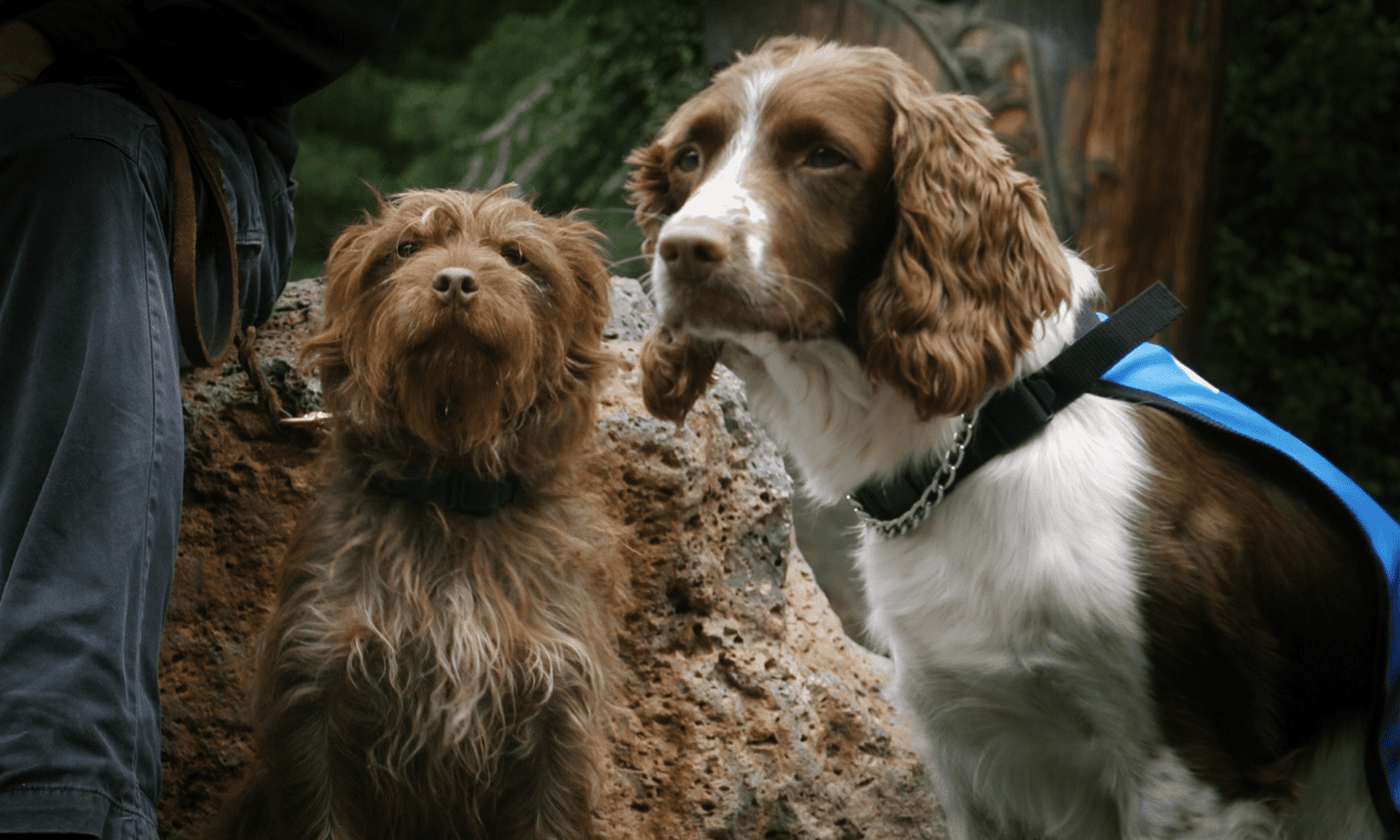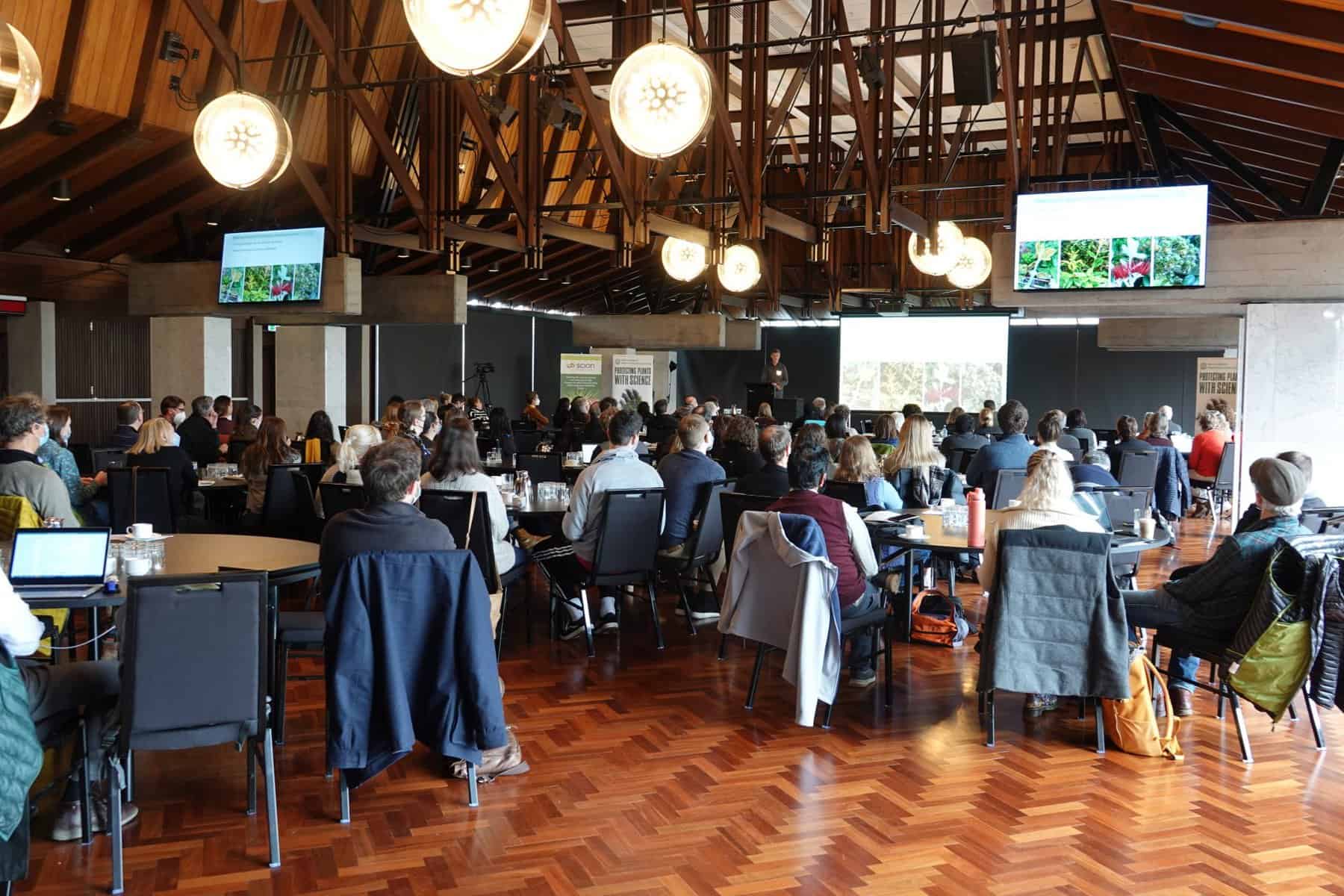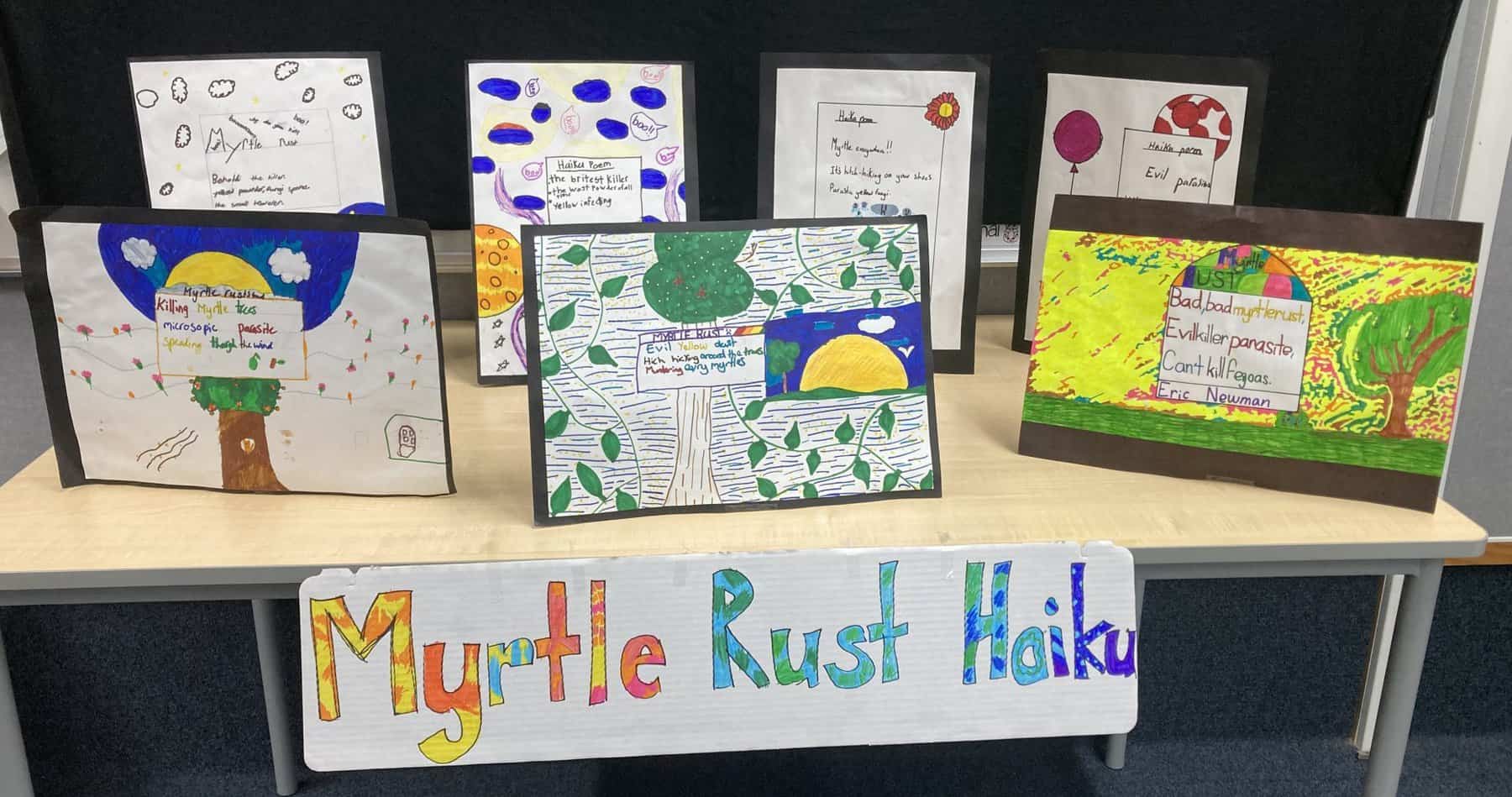Machine learning, caves, canines and more.
Kauri dieback National Pest Management Plan update
On 2 August, the National Pest Management Plan for the protection of kauri (NPMP) came into force. The NPMP establishes clear objectives and a consistent approach for managing the risk of Phytophthora agathidicida across Aotearoa.
Lightless, not lifeless: Cave biodiversity and protection in Aotearoa
Accoladed scientist and author Jared Diamond has said that the closest human beings have come to visiting an alien planet was when Moananui explorers first landed their waka on the shores of Aotearoa. If our ecosystems are unique enough to warrant comparison with extra-terrestrial life, then life in our remote caves must be even more alien. BioHeritage spoke to Anna Stewart, research and conservation coordinator at The New Zealand Speleology Society, about these lightless worlds and how to protect them.
Traveling again? Be vigilant and use Find-A-Pest
Our borders are open again, and New Zealander’s and tourists are now able to come and go freely. But with freedom comes responsibility: we must all do our part in preventing unwanted organisms and pests from entering the country in luggage and parcels. Find-A-Pest can help.
Te Whakahononga presents alongside an incredible line-up at Te Wānanga Whakamātaki
Ngā Rākau Taketake (NRT) Māori co-leads took the stage to talk about Te Whakahononga – a unique approach to engagement – at Te Wānanga Whakamātaki in late July.
Ngā Pī Ka Rere spotlight: Corey Ruha, mapping the Te Arawa rohe
Eco-index welcomed data scientist Corey Ruha (Te Arawa) to the team this year. Corey is developing a working model for the Eco-index tools in the context of Te Arawa catchments. He hopes the model will help iwi, hapū and whānau in other parts of Aotearoa visualise their rohe.
Ngā Pī Ka Rere spotlight: Kevan Cote, using machine learning to answer ecological questions
Kevan Cote’s work at AgResearch first involved tracking the welfare of goats, and more recently for Eco-index he’s creating systems to distinguish between ecosystem types. Two very different subjects, but with a fascinating common factor at play: machine learning.
Joy and synchrony: the making of Kauri K9s
At the end of June, Wen Qing Ng submitted her thesis for her Masters of Science Communication. The creative component of this involved producing a short film, introducing us to Mawhai and Pip and their role in reducing the spread of Phytophthora agathidicida and kauri dieback.
Ngā Rākau Taketake teams showcase their results
Conference season has returned at last! Despite the added facial attire, our plant pathogen teams made the most of being able to connect kanohi ki te kanohi at the recent New Zealand Plant Protection Society conference.
July newsletter
A midge eating myrtle rust, new research investment, Matariki celebrations, plus all the conferences you can ask for!
How Did Konini Primary Celebrate Matariki?
Toitū te Ngahere is a project exploring art in schools for ngahere ora (forest health). Using the processes inherent in art making, Toitū te Ngahere empowers tamariki to develop and tell stories about their own relationships with local ecosystems. This year, three classes at Konini Primary curated art and performance to share with their community at their Matariki celebration.
New gall midge eats the fungus that causes myrtle rust
A new species of gall midge, Mycodiplosis constricta, has been described. Taxonomists and entomologists may be excited to know that this is the first described species of Mycodiplosis recorded from New Zealand. For the rest of us, the most interesting thing about this species is what it feeds on: the urediniospores of Austropuccinia psidii, the fungus that causes myrtle rust.
